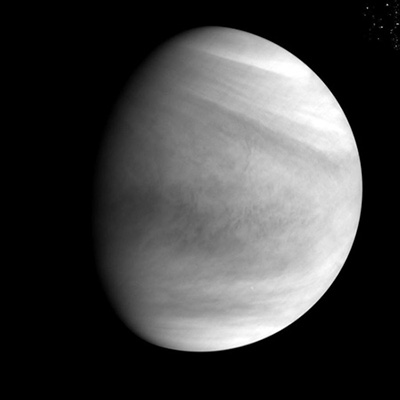This article provides a detailed account of the political battle between ULA and Congress of its future use of Russian engines in its Atlas 5 rocket.
Congress has imposed a strict limit on the number of engines the company can use. ULA is still lobbying for an increase, claiming that the limit will mean that they will not be able to meet the government military launch needs for a few years when the engines on hand run out and its new American-built engines are not yet available.
In the long run I think this battle is irrelevant. What really matters is what it costs to launch a satellite, and ULA is simply not focused on reducing its costs. Consider this quote from the article, emphasis mine:
ULA has designed a new rocket dubbed Vulcan that features a U.S.-made engine, but this vehicle will not be available until around 2021, assuming the project gets funded — which is by no means a given.
They made a big deal earlier this year about how Vulcan will soon replace Atlas 5 at a lower cost, but it now appears that this was merely a public relations event. ULA wants someone else to pay for this new rocket, and thus has not yet committed any of its own money to begin actual development.
Other companies however are funding the development of their own new American-made rockets that will also be far cheaper to fly. Sooner rather than later our spendthrift Congress is going to mandate that the military use those cheaper rockets. If ULA doesn’t get moving it will be left in the dust, whether or not Congress allows it to use more Russian engines.



